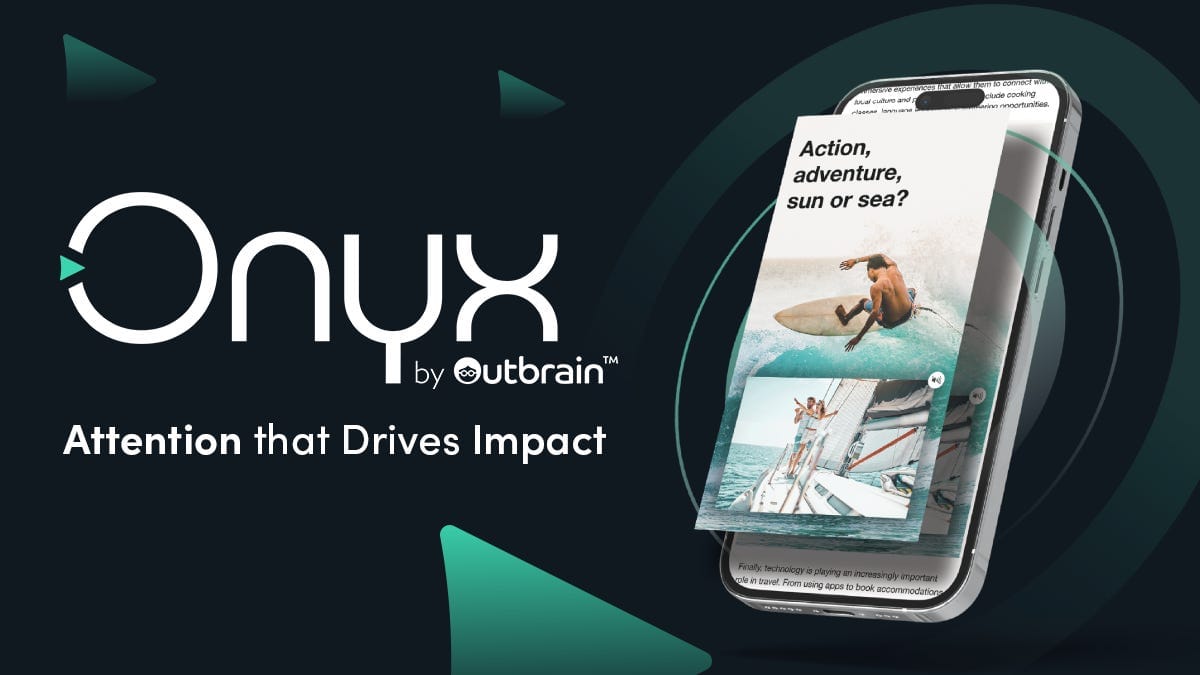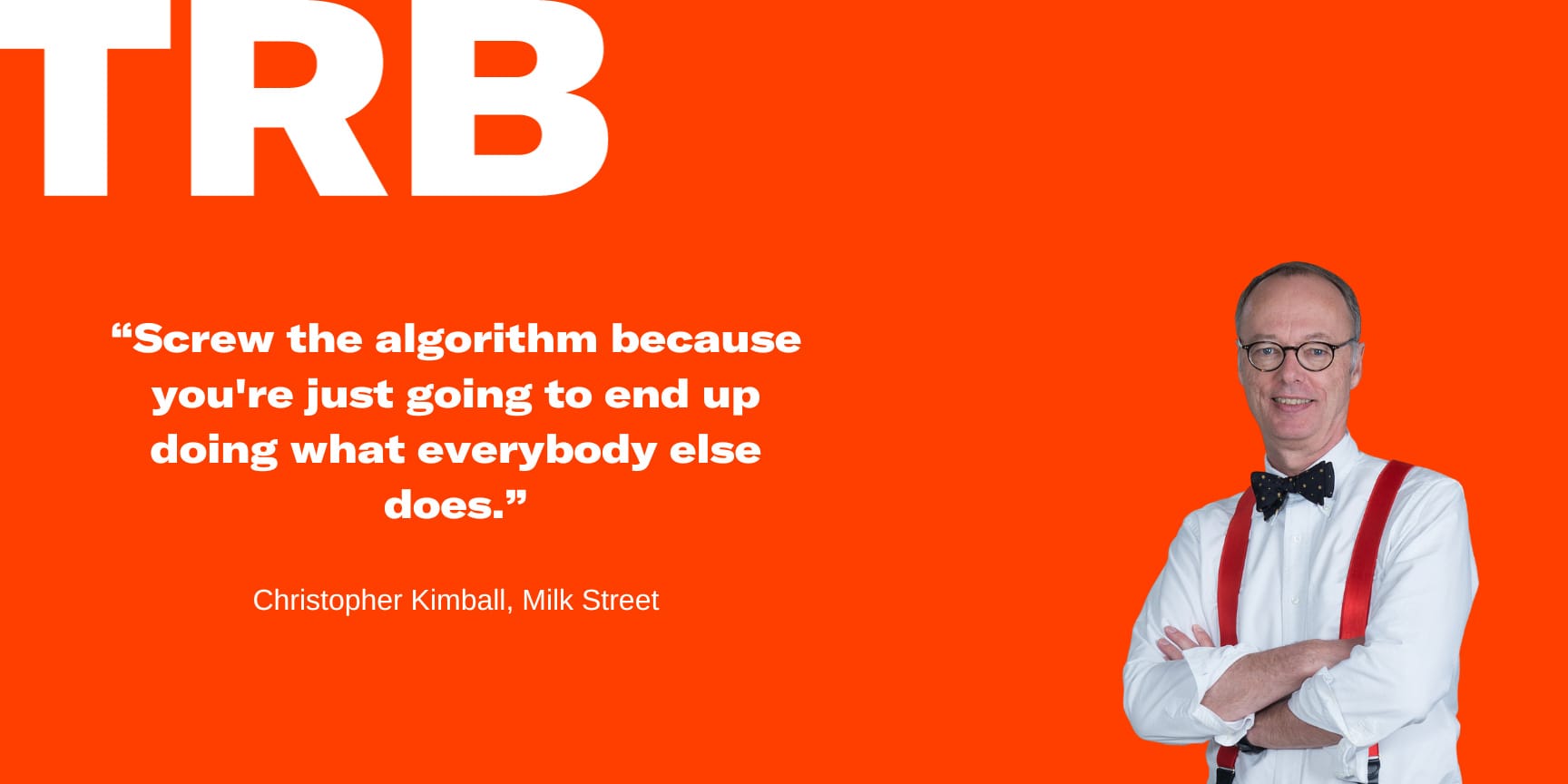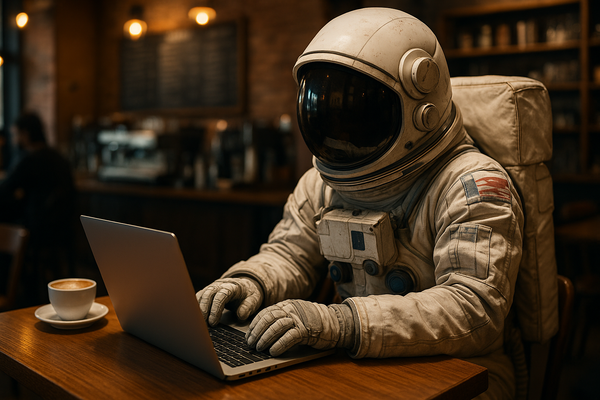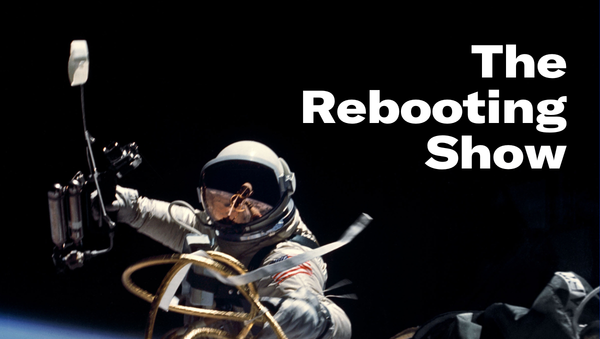‘Screw the algorithm’
Christopher Kimball’s rules of media
Today, I have highlights from a wide-ranging conversation with Milk Street’s Christopher Kimball. In recommendations, the Washington Post is caught in the middle, First up, a message from Outbrain about its new attention-based branding platform, Onyx.

Attention is the new currency

For too long, the digital advertising industry regarded viewability as a main source of influence, akin to the old adage “to be seen is to be heard.” Every moment your brand can be seen is an opportunity to make an impact, but it’s the time that counts.
Makes it worth pondering another age-old adage: “time is money.” Where time equates to money, attention equates to outcomes.
Onyx by Outbrain™ is a new branding platform that maximizes performance by predicting the moments likely to deliver higher attention – and greater related outcomes as a result.
Recommendations
The Washington Post caught in the middle: There was a brief period of time, following Trump’s election in 2016, that the Washington Post had a swagger and was taking shots at The New York Times as a credible rival as a national newspaper. Those days are past. The Times has made the pivot to an audience-driven news and lifestyle bundle, and the Post is mired in cost-cutting mode and arresting a subs business in a churn spiral. My bet is its next CEO will come from outside the news industry. (NPR)
The rise of the anti-platform platform: Centralized platforms have shown their many downsides, and new enablement companies for individuals (creators, whatever) are offering an alternative that tries to straddle the line of centralization and creator empowerment. Patreon is looking to go this path, similarly to Substack. Aligning incentives will remain hellishly difficult. (Inside the Creator Economy)
CX premium: (Sponsored) Subscription growth teams can get more impact from their efforts by connecting subscriber journey stages with optimizable customer experiences. House of Kaizen’s upcoming workshop will show you how. Pre-register here. (House of Kaizen)

Christopher Kimball has experienced the ebbs and flows of the media industry, as a founder of America’s Test Kitchen and then Cook’s Illustrated before starting Milk Street, a content-and-commerce hybrid. He joined me, Troy Young and Alex Schliefer this week on People vs Algorithms to talk about escaping the algorithm and thinking long term.
I found myself nodding along to many of Chris’s foundational conceptions of the media business and how, in many ways, it’s experiencing a return to basics: Be distinctive, serve a need others can’t, do more with less, avoid optimizing yourself into sameness. I couldn’t think of a better first rule of media:
“Go back to your core values and figure out what's going to work within the context of what you are offering people that's distinctive.The first rule of media has to be deliver something nobody else is delivering because in a world that went from finite to infinite If you are not offering something absolutely unique, you're just not going to survive.”
Here are some other rules of media from Chris.
Screw the algorithm
The tendency of trying to win on social platforms is to follow the algorithm. There’s a reason that “surprised face” is a staple of every YouTube video. Everyone is running the same optimizations. That doesn’t mean not adapting to the medium. Recipe videos need a quick hook, an element of intrigue and good visuals, but what’s most critical is they have “a very clear point of view.”
“Stay aligned with your core and do things that are unique that nobody else can offer. Screw the algorithm because you're just going to end up doing what everybody else does.”
“What you have to think about is 10 years from now. Are you going to still be around? And what is the way to get what's the path that's going to give you the most success over a long period of time.”
Less is more
Cook’s Illustrated flipped that model by stripping away the lifestyle artifice of most food publications to instead focus on utility: It wanted to make you a more confident cook, with fewer not more. The anti-glossy approach – the design was inspired by a spare lithograph of shrubbery from the Brooklyn Botanic Garden – and tight curation heightened its perceived value. “The less lifestyle it was, the more people would pay for it,” he said.
“Volume of viewers has nothing to do with the number of people who actually are attached to your brand long term. You can have 5 million followers on YouTube and six of those people actually would follow you into a paid content universe. You have to divorce volume from brand building and understand they're not the same thing.”
Giving away content undermines its value
There’s some revisionist history of the magazine industry’s heyday that glosses over the fact that magazines often practically gave away their content to keep their rate bases up. That was a critical mistake that would be repeated and “completely undermined the value of the content.”
“The algorithm in the magazine business was [the push] to generate volume so you could generate more advertising revenue. I did the opposite, which in the long run was the right thing to do. You have to almost do the opposite all the time.”
Media is about transformation
At its best, media is aspirational. That aspiration is rooted in the natural human desire for transformation. The best of magazines promise a better version of yourself. The promise of Milk Street is to transform cooking from a chore into part of people’s exploration of the world around them. One of the defining features of Milk Street is the globalization of cuisine and bringing new flavors to America home cooks.
“Everybody wants to be somebody else. Everybody is in the process of transforming themselves.
Commerce can’t be bolted onto content
Many publishers’ commerce operations are really affiliate plays. Affiliate is attractive because it is fairly easy, a handy way to arbitrage SEO juice and source of incremental revenue. Licensing is also limited, since Chris notes you can’t control the cost of goods and your margins are too thin to buy the ads needed to move volume that makes it anything more than incremental. But commerce – selling your own products – is far harder. Milk Street’s core proposition – going around the world to bring new flavors to new audiences – “inextricably meshes” with a commerce operation like selling a Japanese-style vegetable knife. (I have to confess, I didn’t know vegetable knives exist.)
“What makes the e-commerce work is our expertise on the content side transfers easily to the e-commerce side,” he said.
Ad buying is a core competency
Every business needs to understand what it core to them and what can be outsourced. Running a commerce business – and really, any LTV-based business – is going to mean paid marketing. The advertising is critical because, although the content and commerce are inextricably linked, the modes are different, so expecting people reading a recipe to buy a knife rarely happens because people cooking recipes aren’t going to stop to buy a knife.
Outsourcing to agencies didn’t work since they lacked the expertise in the space, Chris said. Instead, Milk Street has built an internal ad buying competency and handle all creative because ads are doing two jobs: direct response and brand building.
“You got to control it from soup to nuts. You can't let it out of your grasp because the difference between a good ad and a great ad is the difference between 5, 000 units a month and 500 units a month.”
Listen to the full episode on Apple, Spotify or wherever you get podcasts. Please send feedback to me by hitting reply or emailing me at bmorrissey@therebooting.com.

Upgrade your video strategy
As revenue-driven businesses, publishers need to keep their bottom line top-of-mind when selecting an online video platform . EX.CO’s new guide for publishers: “Choosing the Right Online Video Platform” demystifies the selection process and empowers you with the knowledge and insights you need to make an informed decision.
Thanks for reading. Send me a note with your feedback by hitting reply.




